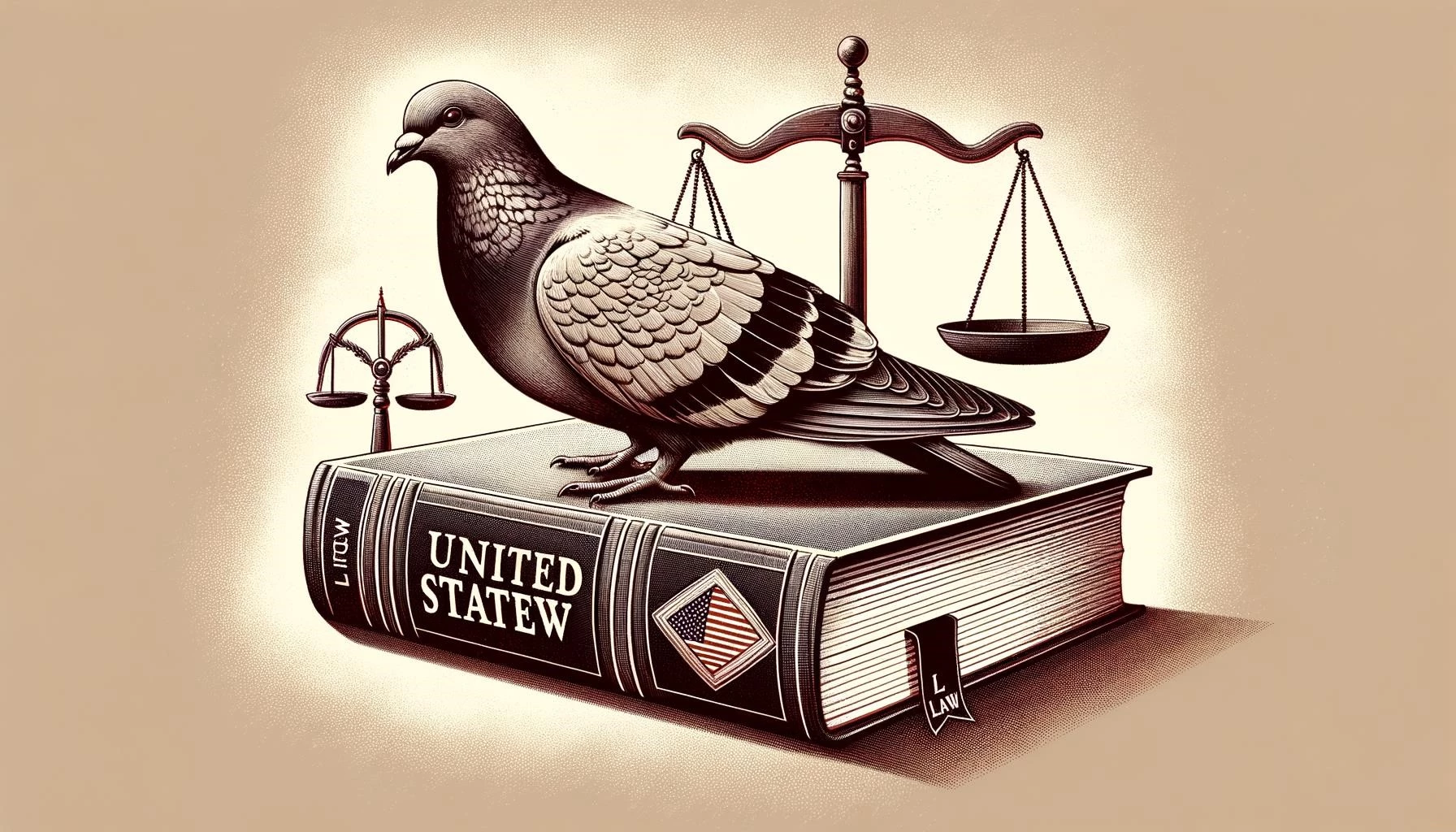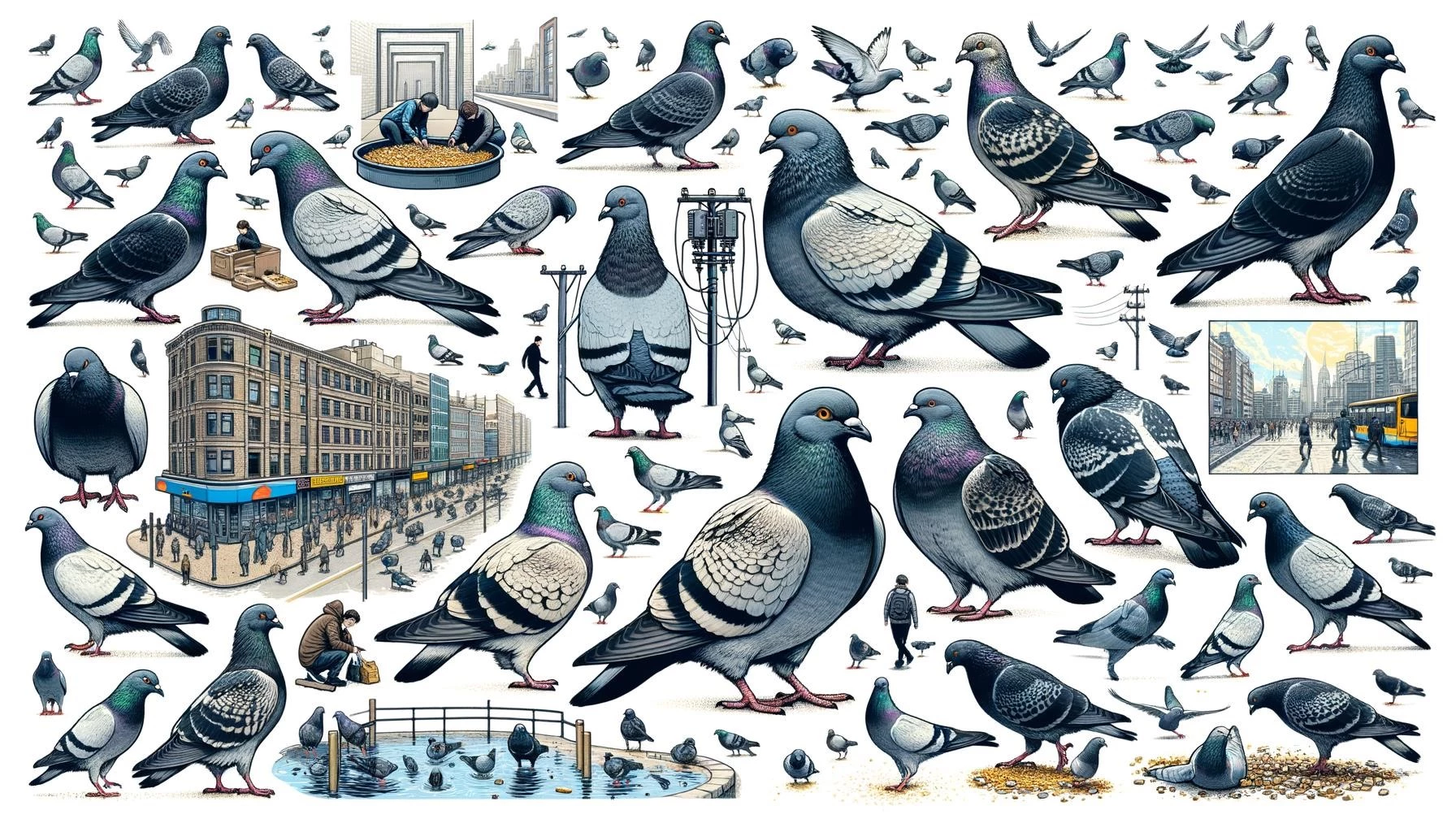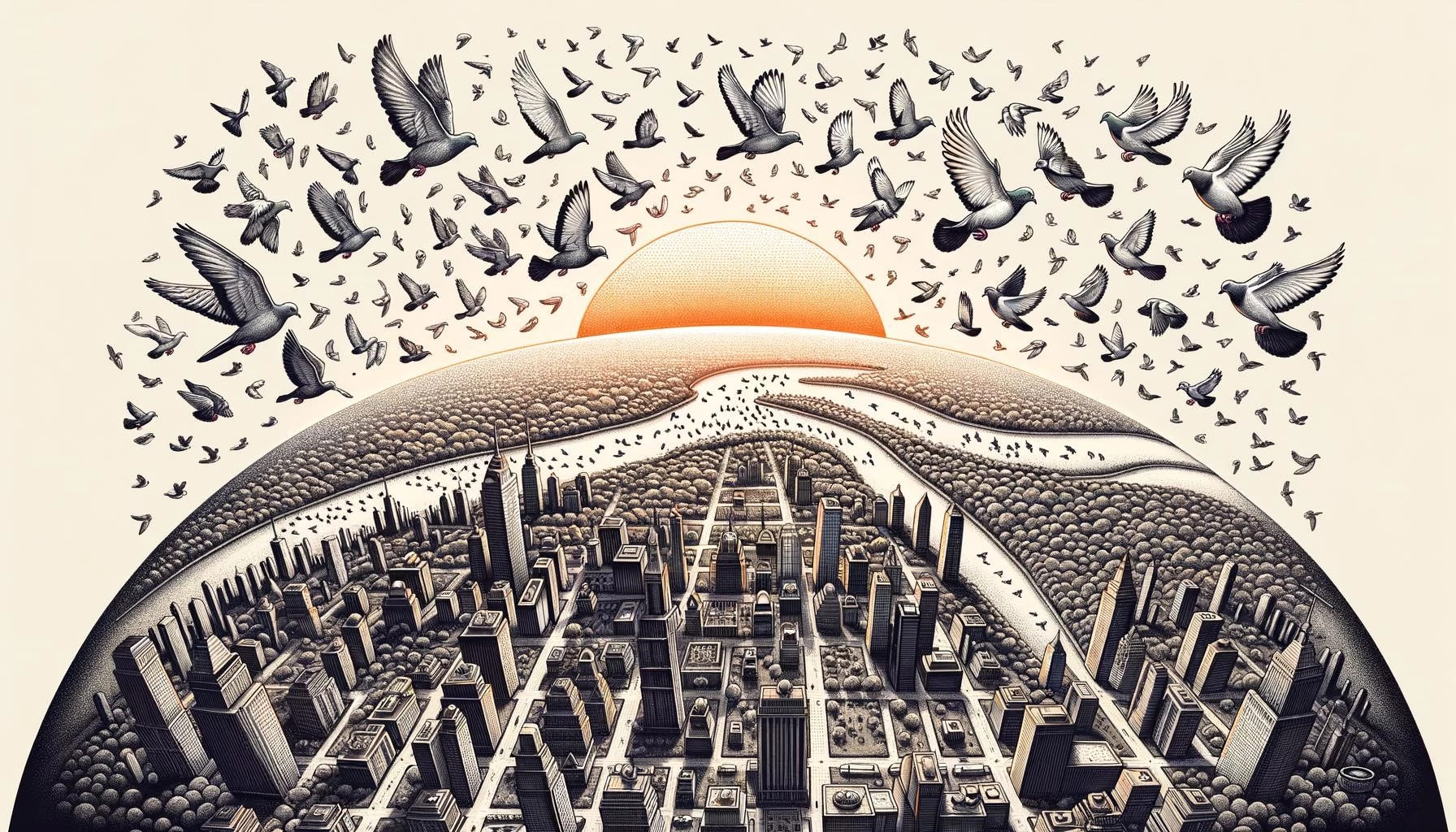Pigeons, or European Rock Doves, originated from Europe, Asia, and Africa but have spread throughout the world, including the United States. However, due to their non-native status, pigeons are not protected wildlife species and are not protected by federal law in most states. While laws may vary on a state and local level, feral pigeons are generally not given legal protection.
Key Takeaways
- Pigeons are not native wildlife species and are not protected in most states.
- State and local laws should be consulted for specific regulations regarding pigeons.
The Status of Pigeons in Protected Areas
Protected areas, such as national parks or wildlife refuges, may have specific regulations in place that restrict certain activities, including hunting or trapping. While pigeons are not typically considered protected wildlife, there may be specific areas where hunting or other activities involving pigeons are prohibited. It is important to familiarize oneself with the rules and regulations of particular protected areas to avoid any violations.
Additionally, some species of pigeons, such as band-tailed pigeons, are protected under the Migratory Bird Treaty Act in the United States. This act provides federal regulations for the protection of migratory birds and their habitats. However, it is crucial to note that band-tailed pigeons are a distinct species and not the same as the feral pigeons commonly found in urban areas.
The Impact of Pigeons in Urban Areas
In urban areas worldwide, pigeons have become a common sight. Often referred to as ″flying rats,″ pigeons have adapted well to city life and can be found in parks, on buildings, and even in crowded city squares. While there is a common misconception that pigeons are protected by law due to their presence in urban environments, this is not the case. Feral pigeons are not protected wildlife and are subject to control measures by local authorities if necessary.
Pigeons, particularly their droppings, can cause significant pollution in urban areas. However, methods such as installing spikes or barriers to deter pigeons are commonly used in many places. It is important to note that while pigeons may be considered a nuisance in certain situations, it is essential to adhere to local laws and regulations when dealing with them.
Conservation Efforts and Ecological Niche
While pigeons may not be the focus of conservation efforts, the impact of protected areas on intra-specific ecological niches is an important topic of study. Researchers have explored potential differences in ecological niche properties of birds and mammals across protected and unprotected areas and relate such differences to species traits. Understanding these dynamics can contribute to more effective conservation planning and management strategies.
Furthermore, various conservation organizations, including BirdLife International, work to safeguard and improve the management of protected areas that support bird populations. Their efforts aim to mitigate threats, including habitat loss, and promote conservation in these vital areas.
In conclusion, pigeons, particularly feral pigeons in urban areas, are not protected by federal law in most states. However, regulations can vary on a state and local level, so it is always important to consult the applicable laws and regulations in a specific area. Protected areas may have specific regulations in place, but pigeons are generally not considered protected wildlife. Awareness of local rules and implementation of appropriate control measures can help manage pigeon populations in urban environments.








